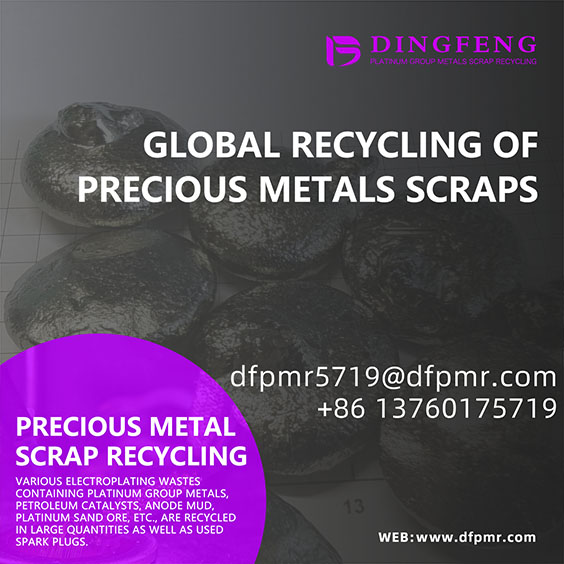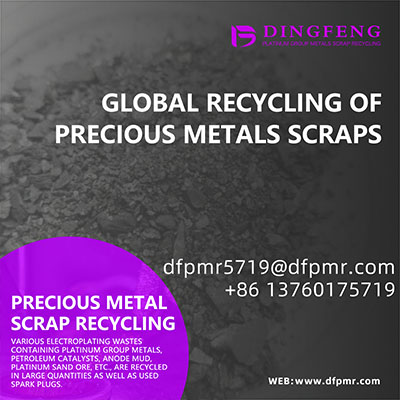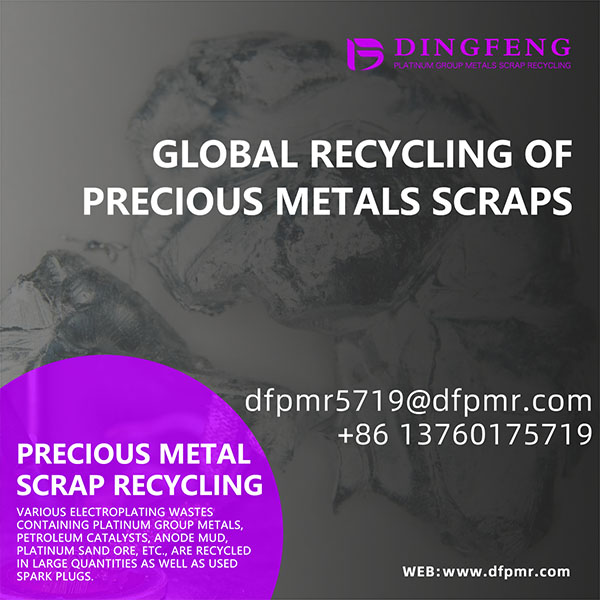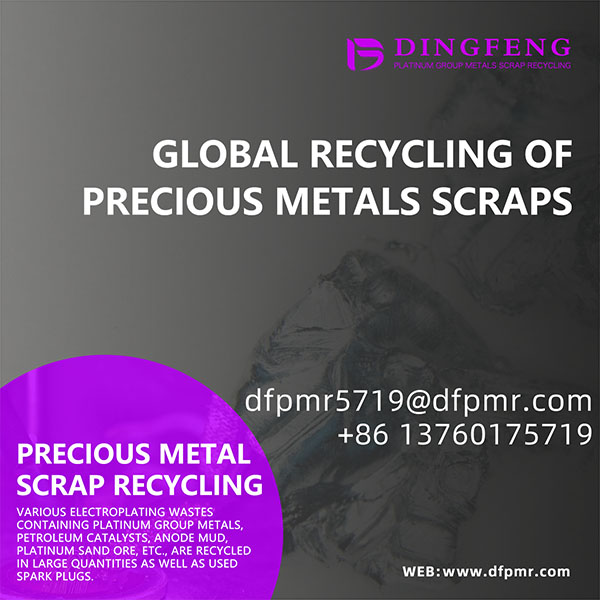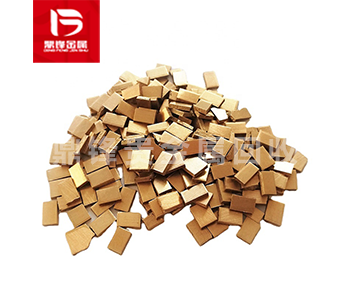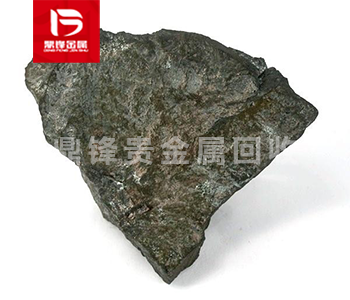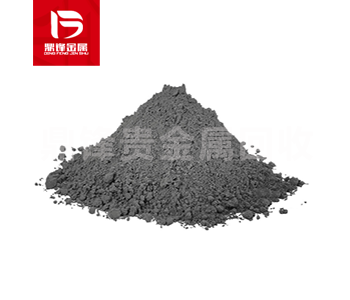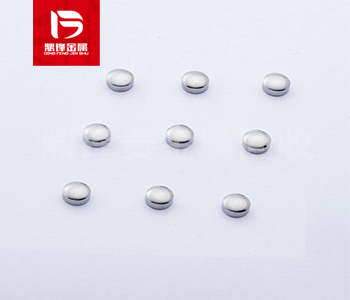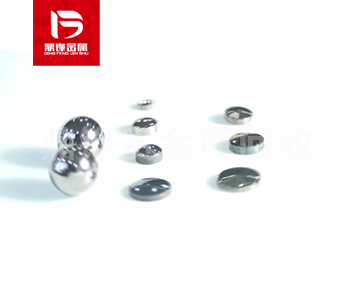Germanium oxide recovery_ Exploring the feasibility of recovering germanium oxide by hydrometallurgical method
In recent years, as an important semiconductor material, the demand for germanium has skyrocketed. However, the supply of germanium is limited, making it a precious and valuable element. Germanium oxi
In recent years, as an important semiconductor material, the demand for germanium has skyrocketed. However, the supply of germanium is limited, making it a precious and valuable element. Germanium oxide is an important germanium derivative, which is widely used in the fields of electronics, optics, catalysts and so on. Therefore, recovering germanium oxide from various sources is key to meeting the growing demand for this precious material. Germanium is usually a byproduct of zinc and copper mining, and it is also present in some coal mines. However, the concentration of germanium in these sources is relatively low, making it challenging to recover germanium oxide from these sources. Hydrometallurgy is a promising technology for recovering germanium oxide from various sources, including zinc slag, copper leaching solution, and coal-fired fly ash. This article explores the feasibility of recovering germanium oxide by wet smelting. Hydrometallurgy is a process that utilizes chemical reactions to extract metals from ores, concentrates, or other materials. Germanium oxide can be extracted from its source by soaking the material in an acidic solution. The leaching process dissolves germanium oxide from the raw material, leaving behind other impurities. After the leaching process is completed, germanium oxide is separated from the liquid solution and further refined to obtain high-purity germanium oxide.
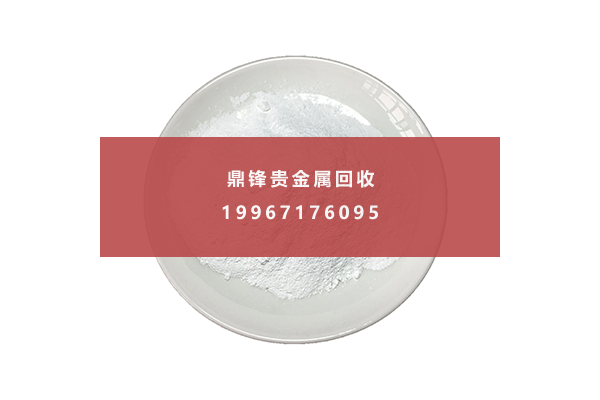
The main source of recovery for germanium oxide.
1. Zinc slag is one of the main sources of germanium in the mining industry. A hydrometallurgical process has been developed to recover germanium from zinc slag generated during the zinc production process. These residues contain high concentrations of germanium, ranging from 700 to 2000 parts per million, making them an attractive source of germanium oxide. The leaching process of recovering germanium oxide from zinc slag usually requires the use of sulfuric acid as a leaching agent. Mix zinc slag with acidic solution and heat to around 90C. Germanium oxide dissolves in an acidic solution, leaving behind other impurities such as iron, copper, and zinc. After the solution is separated from insoluble impurities, sodium hydroxide is added to precipitate germanium oxide. Then, the precipitated germanium oxide is filtered, washed, and dried to produce a high-purity product.
2. Copper leaching solution is another source of germanium. Copper mines produce a large amount of ore, which is then crushed and leached with sulfuric acid to extract copper. The leaching solution contains various impurities, including germanium. Germanium can be recovered from the leaching solution using a hydrometallurgical process, and then further refined to obtain pure germanium oxide. The leaching process of recovering germanium oxide from copper leaching solution includes the use of organic solvents to extract germanium from the solution. Mix the solvent with the leaching solution to extract germanium into the organic phase. Then, the organic phase is separated from the aqueous phase and germanium is stripped from the organic phase using a strong acid solution. Then, germanium is precipitated from an acidic solution, washed and dried to produce high-purity germanium oxide.
3. Coal fly ash is also a potential source of germanium. Coal-fired power station will produce a large amount of fly ash, which is a by-product of the combustion process. Fly ash contains various minerals, including germanium oxide. The hydrometallurgical process has been developed to recover germanium oxide from fly ash, making it an attractive source of germanium. The leaching process of recovering germanium oxide from fly ash involves mixing the fly ash with an acidic solution. The acid dissolved germanium oxide, leaving behind other impurities. Then, the solution is separated from insoluble impurities and germanium oxide is precipitated with reducing agents such as Sodium bisulfite. Then, the precipitated germanium oxide is filtered, washed, and dried to produce a high-purity product.
Hydrometallurgy is a feasible technology for recovering germanium oxide from various sources, including zinc slag, copper leaching solution, and coal-fired fly ash. These sources contain a large amount of germanium, making them attractive for recovering germanium oxide. The leaching process is the Committed step of the wet recovery of germanium oxide. Different leachants are used according to different raw materials. The leached germanium oxide is further refined to obtain high-purity germanium oxide. Wet recovery of germanium oxide is not only beneficial for meeting the growing demand for germanium, but also for reducing waste and promoting sustainable development.
&Quot; Dingfeng Precious Metals Recycling includes precious metals such as gold, silver, palladium, rhodium, platinum, germanium, iridium, ruthenium, etc. This is our business in precious metal recycling. If you have precious metals such as gold, silver, palladium, rhodium, platinum, germanium, iridium, ruthenium that need to be recycled, please contact us and we will provide you with a satisfactory price& Quot;



